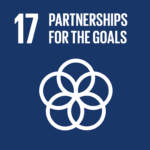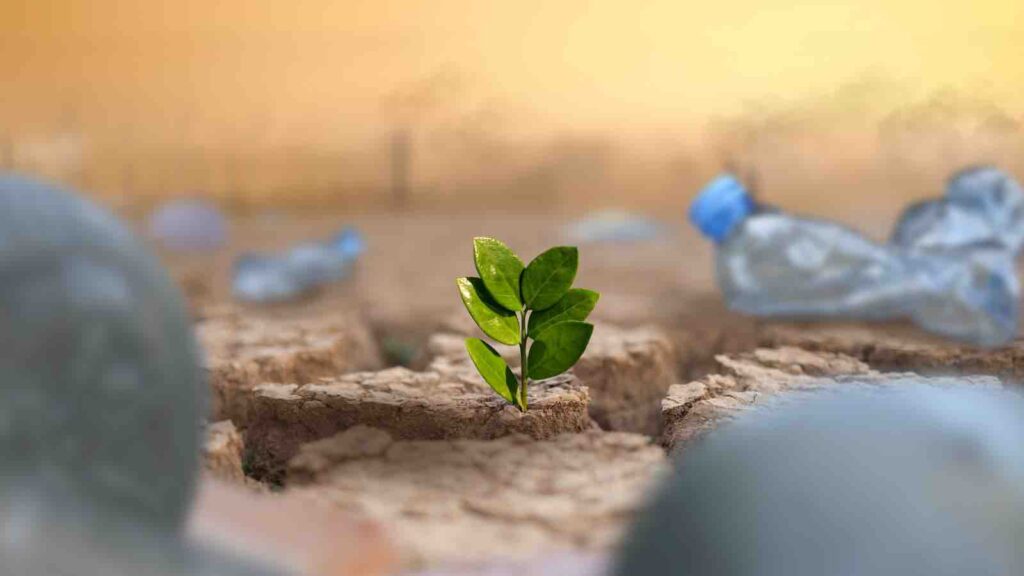The global climate finance has increased substantially over the past decade but still falls short of the amount needed to avoid the worst impacts of climate change and support adaptation and resilience in vulnerable countries.
From the very first UN climate accords, the issue of climate finance has been central to building trust and catalyzing action between rich and poor nations. Developing countries justifiably demanded that wealthier counterparts help fund their transition to clean energy and adaptation to unavoidable climate impacts.
RELEVANT SUSTAINABLE GOALS



The landmark $100 billion annual commitment by 2020, while modest compared to estimated needs, took on huge symbolic importance as proof of solidarity. Yet over a decade later, that financing goal still has not materialized, jeopardizing the already fragile ambition of the Paris Agreement.
“Climate finance is the absolute bedrock of cooperation and equity in this process,” said Adriana Valenzuela, Ecuador’s chief climate negotiator. “If it erodes completely, the entire UN system risks unraveling.”
"We're seeing a fundamental mismatch between needs on the ground and where money is flowing,. "It leaves front-line communities drastically shortchanged."
Rachel Kyte, former special representative of the UN Secretary-General for Sustainable Energy
While global climate finance flows have increased significantly, reaching up to $803 billion in 2019/2020 according to some estimates, the shortfall in funding from developed to developing countries remains glaring.
The $100 billion target, which was expected to be a floor rather than a ceiling, will likely only be met in 2023, three years after the deadline, according to OECD projections. Bilateral funding from developed countries has remained relatively stagnant since 2016.
Imbalanced Flows
Beyond the shortfalls in overall funding levels, there are major imbalances in where climate dollars are flowing and for what purposes.
Over 75% of climate finance is raised and spent domestically in countries of origin like China, the U.S. and Western Europe. Only about a quarter crosses borders as international public finance or private investment.
The disproportionate share of funding going towards emissions-cutting projects rather than adaptation further exacerbates vulnerabilities — only 10% of climate finance tracked in 2019/2020 was aimed at enhancing resilience.
Regions like sub-Saharan Africa and South Asia that face the gravest climate threats remain heavily dependent on scarce public funding sources that account for over 60% of climate investment.
“We’re seeing a fundamental mismatch between needs on the ground and where money is flowing,” said Rachel Kyte, former special representative of the UN Secretary-General for Sustainable Energy. “It leaves front-line communities drastically shortchanged.”
Debt Distress
Perhaps most worryingly, a growing proportion of climate finance, over 60% in 2019/2020, is taking the form of debt rather than grants or low-cost funds.
In the wake of the Covid-19 pandemic, this has saddled many developing nations with compounding debt burdens that divert limited fiscal resources from climate action and sustainable development efforts.
“The irony is we’re lending money for climate projects to countries that are already bankrupted by climate disasters they had little role in causing,” said Brandon Wu of the Center for Global Development. “It’s like charging victims to cover the costs of their own rescue.”
The COP29 climate summit in Azerbaijan this November represents the next pivotal opportunity for developed countries to regain trust by delivering on longstanding promises while charting a more ambitious finance roadmap aligned with projected needs of up to $1 trillion annually by 2030.
Failure to do so could unravel the hard-fought gains of the Paris Agreement just as the window for halting catastrophic warming is closing. For small island nations already confronting existential climate threats, it would be a crushing betrayal.
"The irony is we're lending money for climate projects to countries that are already bankrupted by climate disasters they had little role in causing, It's like charging victims to cover the costs of their own rescue."
Brandon Wu of the Center for Global Development
“We’re not asking for charity, we’re calling for justice and solidarity,” said Conrod Hunte of Antigua and Barbuda, a lead climate negotiator for the Alliance of Small Island States. “Because the survival of our people quite literally depends on developing countries receiving the support we were promised.”
Lead image courtesy piyaset from Getty Images
You may also be interested in :
Empowering Marginalised Communities Through Decentralised Renewable Energy, India Case


